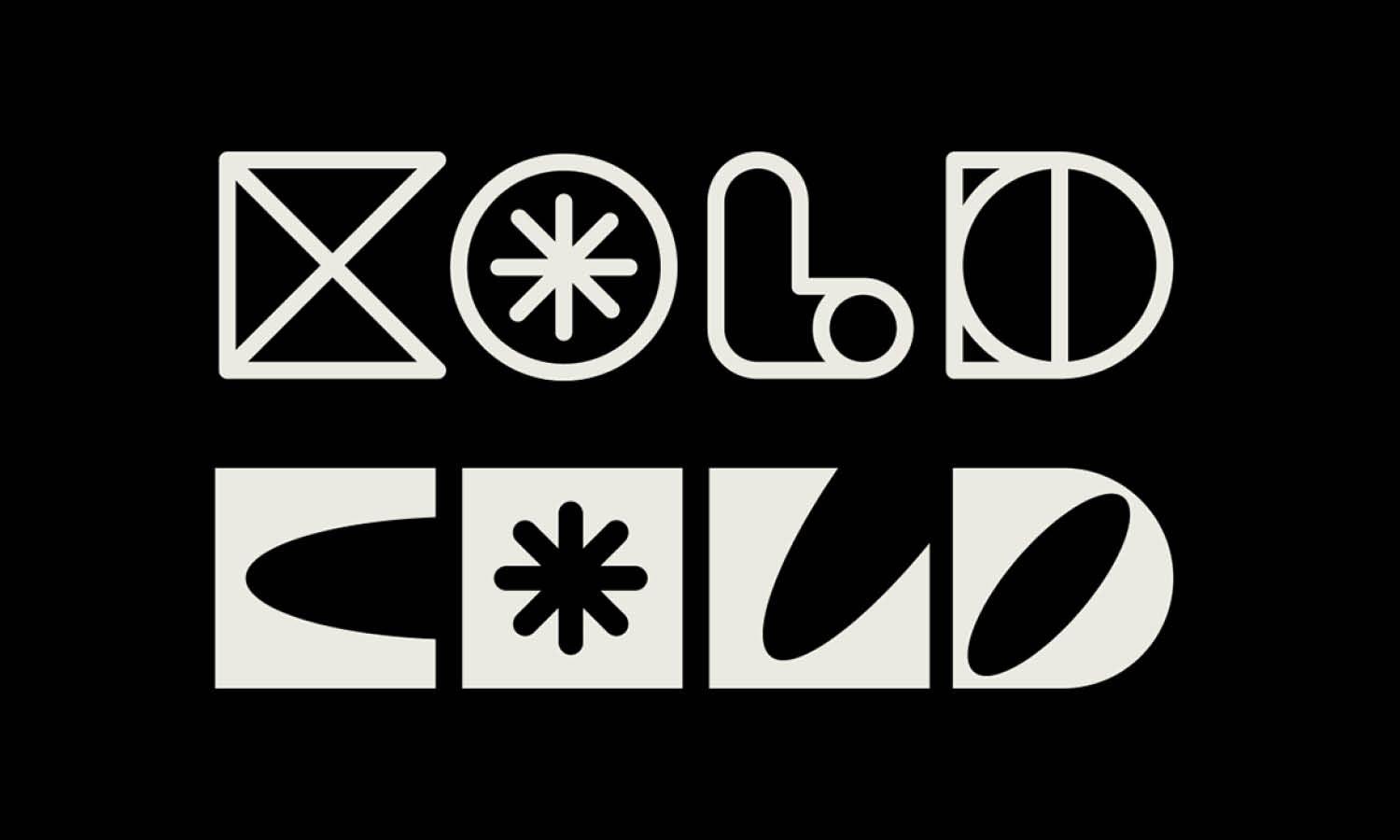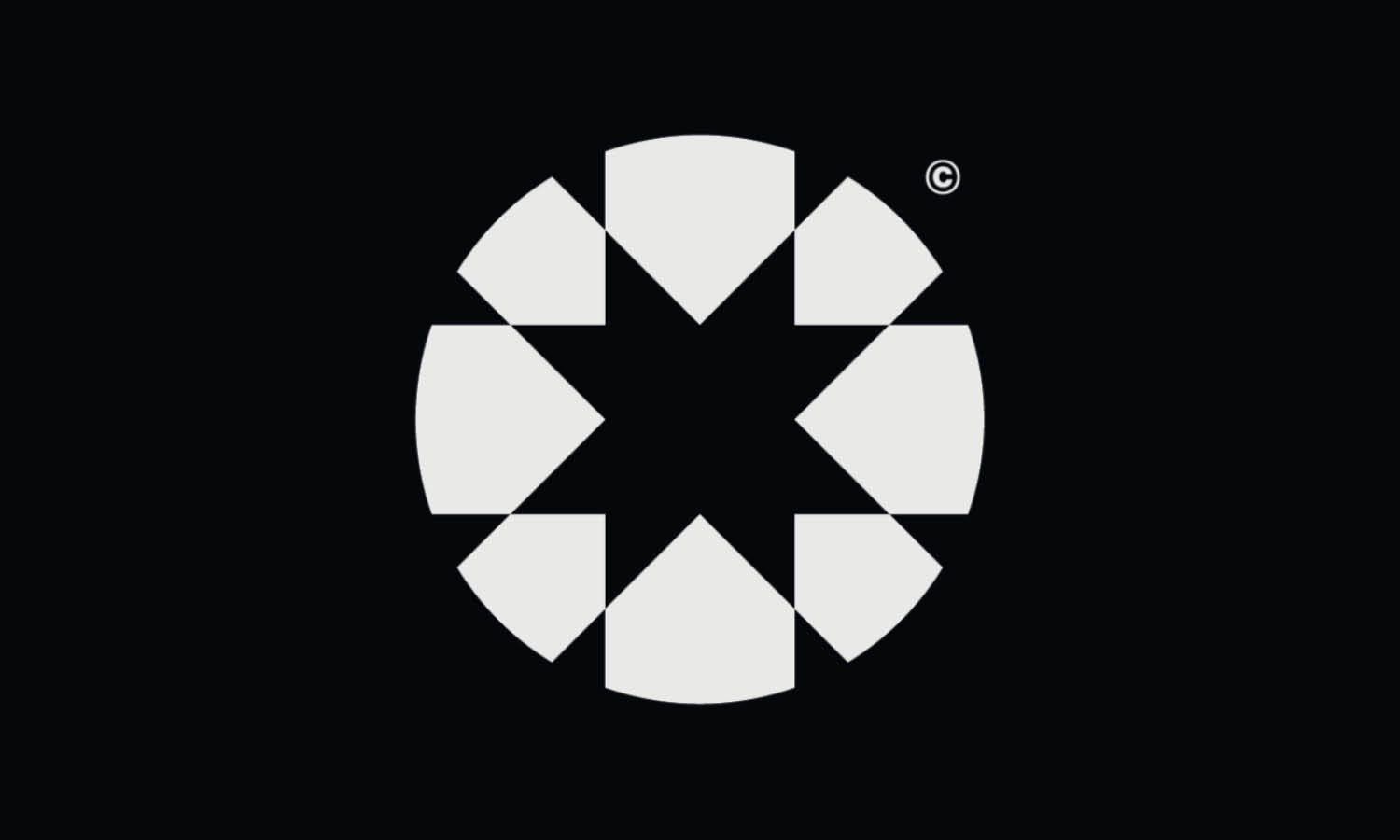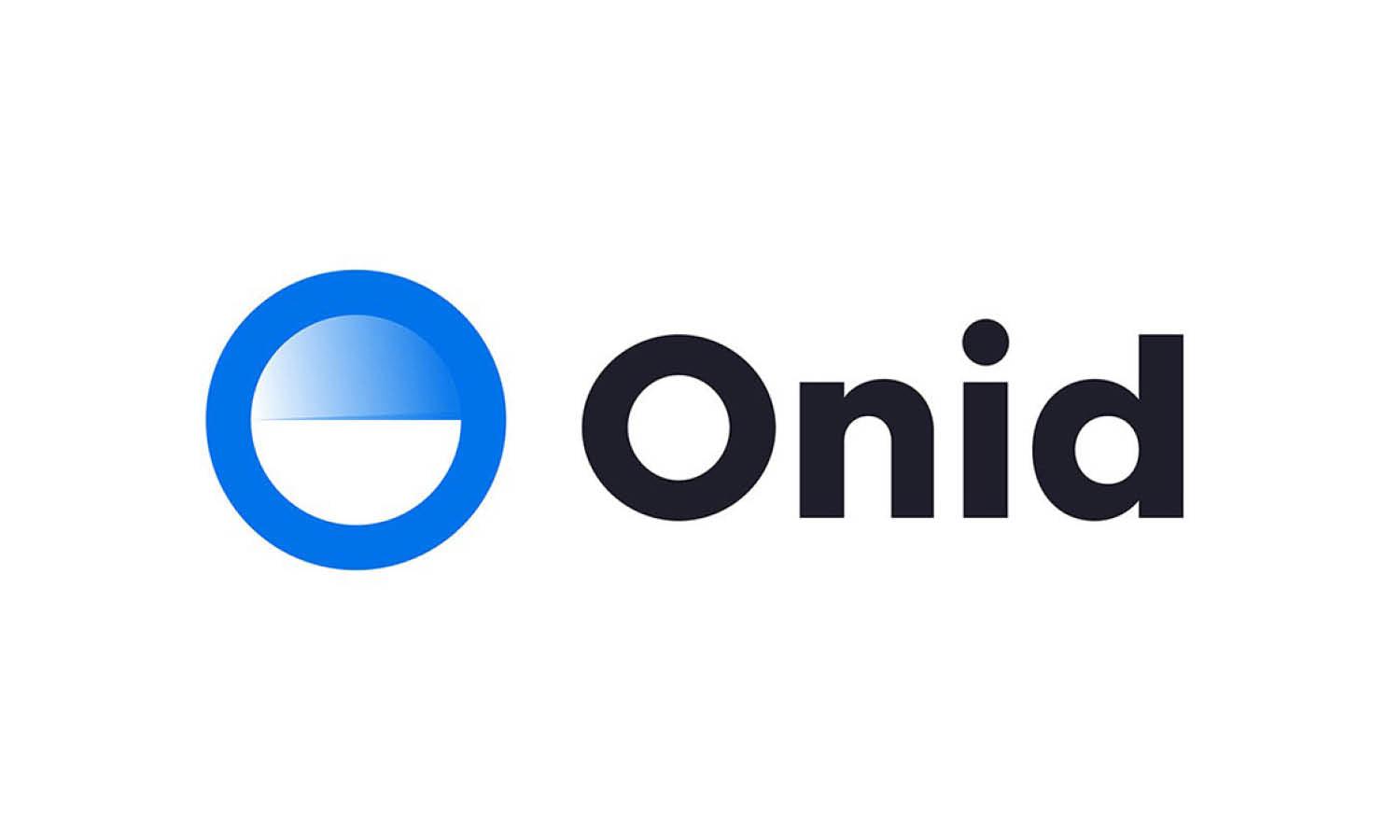How To Create Scalability In Logo Design

Source: Ramotion, Coinread Brand Guidelines, Style Guide Book, Branding Deck, Logo, Dribble, https://dribbble.com/shots/21869088-Coinread-Brand-Guidelines-style-guide-book-branding-deck-logo
In the realm of branding, the scalability of a logo is paramount. A scalable logo maintains its impact and readability across a variety of formats and sizes, from the smallest of smartphone icons to the largest of billboards. This adaptability ensures that a brand’s visual identity remains cohesive and strong, regardless of where it appears.
Designing for scalability involves more than just aesthetics; it requires a strategic approach to ensure that the logo functions effectively across different mediums. The challenge lies in creating a design that is both simple enough to be recognized at a glance and distinctive enough to stand out in a crowded marketplace.
A logo's scalability is crucial for maintaining brand consistency in today's multi-platform world where digital and physical spaces intersect seamlessly. As such, designers must employ a blend of creativity and technical precision to craft logos that are not only visually appealing but also versat ile. This introductory guide will explore the fundamental principles of scalable logo design, providing designers with the knowledge needed to create enduring and adaptable brand marks.
Understand the Concept of Scalability
Scalability in logo design refers to the ability of a logo to maintain its clarity, legibility, and effectiveness across different sizes and formats. A well-designed scalable logo ensures that a brand's identity remains consistent, whether displayed on a business card, a website favicon, or a large outdoor billboard.
The primary objective of scalability is to create a logo that adapts effortlessly to various mediums without losing its impact. When designing a logo, it is essential to consider how it will appear in both digital and print formats. A logo should remain sharp and recognizable at any resolution, avoiding pixelation or distortion when resized.
One of the key aspects of scalability is maintaining visual balance. Complex details, intricate patterns, or excessive text can become unreadable when scaled down. A well-balanced logo focuses on essential elements that are easy to identify at any size. Additionally, typography should be carefully chosen, ensuring that it remains legible even in smaller applications.
Another crucial factor is versatility. A scalable logo should be effective in color and grayscale versions, allowing for adaptability in various branding situations. Whether printed in full color on a brochure or embossed in monochrome on promotional merchandise, the logo must retain its distinctiveness.
Start With a Simple Base
A simple base is the foundation of a scalable logo. Simplicity enhances versatility, ensuring that the logo remains clear and recognizable in all sizes and formats. The more intricate a logo is, the more challenging it becomes to maintain its integrity when scaled down. A minimalist approach allows for greater adaptability, making the logo effective across a wide range of applications.
A well-structured logo starts with clean shapes, strong lines, and a balanced composition. Unnecessary embellishments, excessive gradients, or complex textures can hinder scalability by becoming indistinct at smaller sizes. A logo should be designed with the idea that it must work just as well as a tiny social media avatar as it does on a massive billboard.
Another essential consideration is typography. Choosing a clear, bold, and legible font ensures that the brand name or initials remain readable at any size. Delicate or overly decorative fonts may lose definition when scaled down, affecting the logo’s effectiveness.
Color usage should also be kept simple. A scalable logo design should function well in both full color and monochrome versions. If a logo depends too much on color gradients or effects, it may lose clarity when reproduced in black and white or on limited-color printing materials.
Starting with a simple base allows for future modifications or adjustments without compromising the core design. A streamlined, adaptable logo will ensure that a brand’s visual identity remains strong and consistent across all platforms.
Use Vector Graphics
Using vector graphics is essential for achieving scalability in logo design. Vector graphics are created using mathematical equations rather than pixels, allowing them to be resized infinitely without losing quality. Unlike raster images, which can become pixelated or blurry when enlarged, vector files maintain sharpness and clarity at any scale.
Designing a logo in a vector format ensures that it remains crisp and legible across all applications, from small website icons to large-scale billboards. Common vector file formats include AI (Adobe Illustrator), EPS, and SVG, all of which support high-quality scaling. These formats provide flexibility for both digital and print use, making them ideal for professional branding.
Another advantage of vector graphics is their ability to maintain clean lines and smooth curves. This ensures that intricate design elements, typography, and shapes remain well-defined when resized. Vector files also support color adjustments and modifications without compromising the integrity of the design, which is crucial for adaptability in different branding environments.
Additionally, vector graphics allow for easy editing and adjustments. Designers can refine or modify a logo as needed without having to recreate it from scratch. This flexibility is particularly beneficial for businesses that may require logo variations for different platforms.

Source: Voronoi Studio, Nextpro, Dribble, https://dribbble.com/shots/5964568-Nextpro
Maintain Proportions
Maintaining proportions is a fundamental principle of scalability in logo design. A well-proportioned logo ensures that all elements remain balanced and visually appealing, regardless of the size at which it is displayed. When a logo is resized, its shapes, text, and symbols must retain their original relationships to prevent distortion.
A common mistake in scaling logos is stretching or compressing elements unevenly, leading to a distorted appearance. This can weaken brand identity and make the logo look unprofessional. To maintain proportions, designers should always resize logos uniformly by scaling both width and height together, preserving the original aspect ratio.
Another critical factor in maintaining proportions is the balance of visual elements. Logos with overly intricate details or unbalanced spacing can lose clarity when reduced in size. A well-structured design with evenly distributed elements ensures that the logo remains effective at all scales.
Typography also plays a key role in maintaining proportions. If the text in a logo is too small in relation to other elements, it may become illegible at smaller sizes. Choosing fonts with clear letterforms and proper spacing ensures readability while keeping the overall logo design cohesive.
Testing a logo at different sizes is essential to ensure that proportions remain intact. By resizing the design in various applications—such as business cards, digital screens, and large signage—designers can evaluate its effectiveness and make necessary adjustments.
Consider the Mediums
When designing for scalability in logo design, it is crucial to consider the different mediums where the logo will appear. Logos must be adaptable across both digital and print platforms, ensuring clarity and visual impact regardless of the application.
Digital platforms, such as websites, mobile apps, and social media, often require logos in multiple sizes. A logo should be legible as a small favicon on a web browser while also maintaining its presence on larger banners and promotional materials. Screen resolution, color settings, and responsive layouts should all be taken into account when designing a logo for digital use.
Print applications, including business cards, packaging, signage, and merchandise, demand high-quality scalability. Logos printed on small items, such as pens or labels, should remain clear and recognizable without losing detail. On the other hand, large-scale prints, such as billboards or posters, should retain sharpness and proportions without appearing stretched or pixelated.
Different printing methods also affect logo appearance. Embroidery, screen printing, and laser engraving may require simplified versions of a logo with reduced detail for better clarity. Designers should anticipate these limitations and create logo variations suited for specific mediums.
Limit Color Palette
A well-chosen color palette plays a significant role in ensuring scalability in logo design. Limiting the number of colors in a logo enhances its adaptability across different applications and ensures that it remains effective in various formats.
Logos with too many colors can become difficult to reproduce accurately, especially in print. Some printing methods, such as screen printing and embroidery, may not support complex gradients or a broad spectrum of colors. A simpler color palette ensures that the logo remains clear and consistent, whether displayed in full color or grayscale.
Monochrome versions are essential for applications where color printing is not an option. A scalable logo should be just as effective in black and white, ensuring visibility and impact when printed on documents, promotional materials, or laser-engraved surfaces.
Another key factor in limiting the color palette is ensuring contrast and readability. High contrast between elements enhances visibility at small sizes, while muted or low-contrast color combinations may reduce legibility. Using bold and distinct colors ensures that the logo remains recognizable at any scale.
Additionally, colors should be tested across different backgrounds and materials to ensure their effectiveness. A logo may need variations with different color schemes to maintain brand integrity in different settings.
Optimize Line Weight
Line weight plays a crucial role in ensuring scalability in logo design. The thickness of lines and strokes must be carefully considered to maintain clarity and legibility at any size. A well-balanced line weight ensures that a logo remains visually strong, whether displayed on a small business card or a large outdoor banner.
If lines are too thin, they may disappear or lose definition when the logo is scaled down. This is particularly problematic in digital applications where small details can become pixelated or blurry. Conversely, excessively thick lines can appear overwhelming or clunky when the logo is enlarged, diminishing its aesthetic appeal.
To achieve the right balance, designers should test their logos at various sizes. Adjusting line weight for small-scale applications can help maintain clarity, while ensuring that thicker lines do not overpower the composition when the logo is enlarged. Vector-based design tools allow for precise modifications, enabling designers to refine line weight as needed.
Additionally, consistent line weight throughout the logo creates a cohesive and professional look. If different elements within the design vary significantly in thickness, the overall structure may appear unbalanced when resized. Maintaining uniformity helps reinforce the logo’s scalability and adaptability.

Source: Happy Tri Milliarta, Percam Branding, Recording App Brand, Dribble, https://dribbble.com/shots/20452499-Percam-Branding-Recording-App-Brand
Avoid Text-Heavy Designs
When designing a scalable logo, minimizing the use of excessive text is essential. A text-heavy design can become unreadable when scaled down, reducing its effectiveness across different applications. A well-structured logo should convey brand identity clearly without relying too much on lengthy wording.
Small text elements often lose legibility when the logo is displayed at reduced sizes, such as on mobile screens, social media icons, or promotional materials like pens and keychains. Fine details in certain typefaces may blur or merge, making the logo less impactful. To maintain clarity, designers should prioritize concise and bold typography that remains legible across all scales.
A strong visual identity can be established through a combination of typography and graphic elements. If text is necessary, choosing a clean and simple font with proper spacing will enhance readability. Avoiding overly decorative or script fonts ensures that letters do not become distorted when resized.
Additionally, designers should consider alternative logo variations, such as a symbol-only version that can be used in small-scale applications. A well-designed icon or monogram can strengthen brand recognition while allowing for better scalability in restricted spaces.
Focus on Iconic Elements
In logo design, incorporating iconic elements is key to achieving scalability. A well-crafted logo should be instantly recognizable, even when reduced to its simplest form. Iconic elements, such as unique symbols, strong geometric shapes, or distinctive monograms, help create a visual identity that remains clear and memorable across all sizes and applications.
An iconic logo should be easily identifiable without relying on intricate details. Complex illustrations or excessive embellishments can become lost when the logo is scaled down, reducing its effectiveness. Instead, a bold and simplified design ensures clarity and adaptability across different mediums.
A strong silhouette is another defining factor of an iconic logo. The shape of the logo should be distinctive enough to be recognized at a glance, even in black and white or at a minimal size. Logos like Apple’s apple or Nike’s swoosh demonstrate how a simple yet powerful symbol can create a lasting brand impression.
Versatility is also enhanced by focusing on iconic elements. A logo that functions as both a full version and a simplified emblem allows for seamless usage in various applications, from large signage to small social media avatars.
Maintain Clear Space
Maintaining clear space around a logo is essential for preserving its visual integrity and scalability. Clear space refers to the buffer area surrounding the logo that prevents overcrowding and ensures that the design stands out effectively across different applications.
Without adequate spacing, a logo can become lost in cluttered backgrounds, reducing its readability and impact. Crowded layouts, competing design elements, or excessive surrounding text can diminish the logo’s presence. By keeping sufficient breathing room around the logo, designers enhance its visibility and allow it to command attention.
Clear space is particularly crucial for small-scale applications, such as website icons, business cards, or branded merchandise. When a logo is placed too close to other elements, it may lose definition or appear cramped. Proper spacing ensures that even in compact formats, the logo remains distinct and legible.
Establishing a clear space guideline helps maintain consistency in branding. Many professional brands define specific spacing rules, often measured using elements of the logo itself. For instance, the height of a letter or a part of the symbol can serve as a reference for determining the minimum required space around the logo.
Conclusion
Scalability in logo design is essential for creating a strong and adaptable brand identity. A well-designed logo should maintain its clarity, balance, and impact across various sizes and mediums. By focusing on simplicity, vector graphics, proper proportions, and clear spacing, designers can ensure that a logo remains versatile and effective. Thoughtful choices in line weight, typography, and color further enhance scalability, allowing the logo to be recognized instantly in any context. Prioritizing these design principles ensures that logos remain professional, memorable, and adaptable, reinforcing brand consistency across digital and print platforms. A scalable logo is the foundation of lasting brand recognition.
Let Us Know What You Think!
Every information you read here are written and curated by Kreafolk's team, carefully pieced together with our creative community in mind. Did you enjoy our contents? Leave a comment below and share your thoughts. Cheers to more creative articles and inspirations!
















Leave a Comment